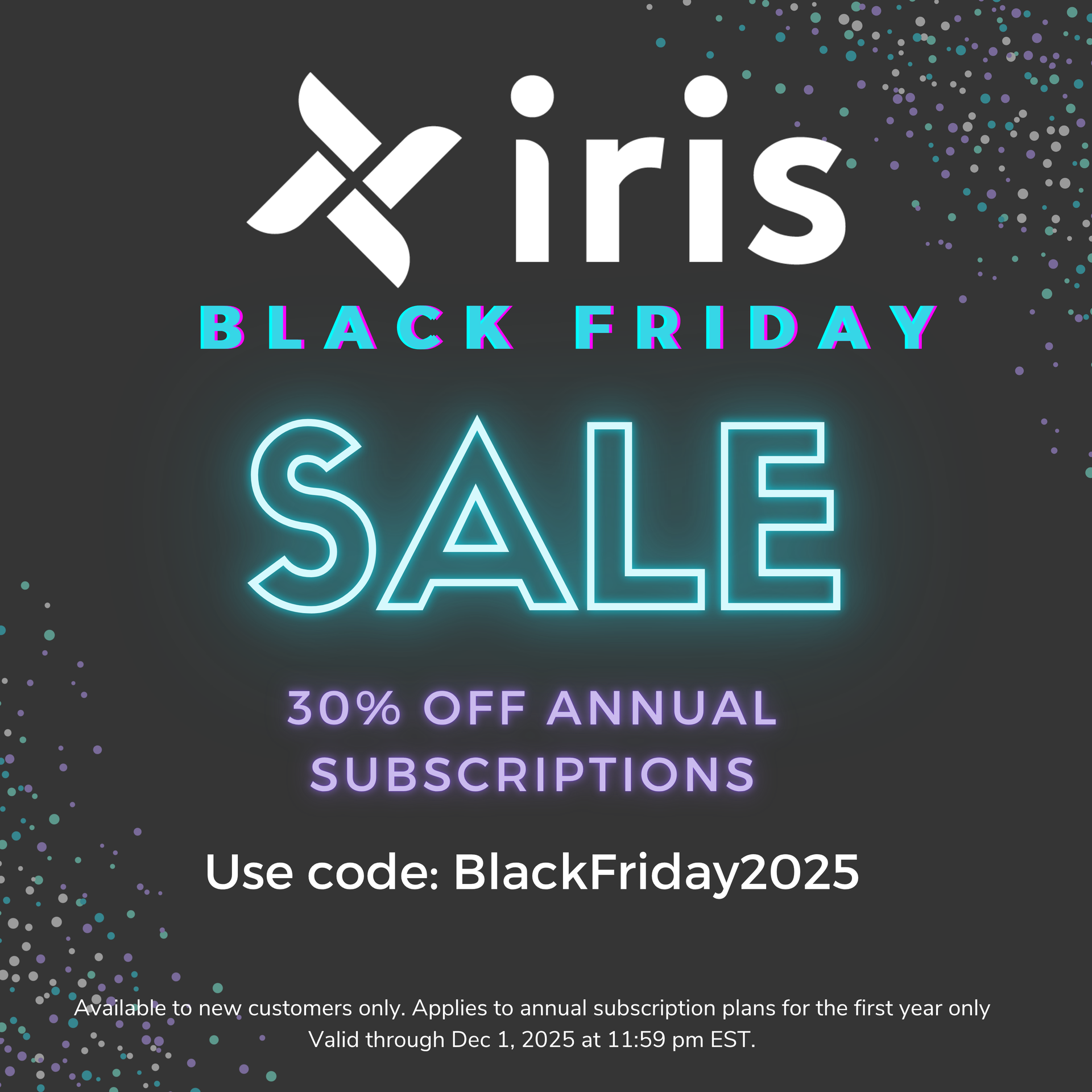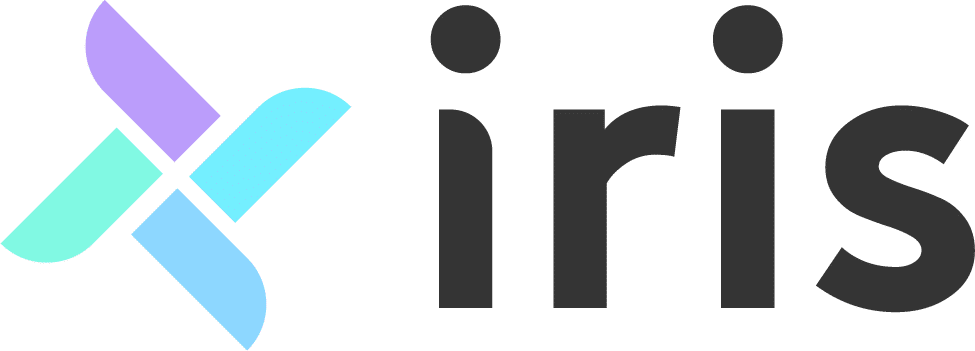

1. Retainer / Deposit Prior to Sessions
Most photographers invoice for photography by requiring a portion of the total to be paid up front and then a remaining balance before the session takes place or on the date of the session. Retainers and deposits are fees collected up front – but do you know the difference between the two of these? A retainer is a fee collected up front to hold the session date. Retainers by default are non-refundable. A deposit is also a fee collected up front and can be used to reserve a session date – but deposits are returned once the service has been completed. Collecting a portion of the fee up front helps prevent clients from no-showing and limits the chances of them cancelling.
Invoicing with Iris makes it easy to set up a retainer and remaining balance approach with the use of payment schedules. You can now offer partial payments on one invoice. With payment schedules you can create a retainer and remaining balance, multiple equal payments over a span of time, or retainer plus multiple equal payments. Your client will be reminded of any upcoming payments 5 days prior to the due date that you determined, as well as on the date a payment is due.
2. Full Payment Prior to Sessions
Sometimes, you might deem it suitable to ask for a full upfront payment for your photography. For instance, photographers offering mini sessions often mandate full payment during booking to secure a client’s chosen date and time. This approach especially benefits mini sessions because their lower costs can deter clients from rescheduling or cancelling. When running promotional offers or sales on sessions or products, some photographers provide incentives to clients who pay in full.
Some photographers collect the final payment once they’ve completed the session. Invoicing after a session, even just for the remaining balance, has its advantages and disadvantages. When you invoice post-session, you risk the client not settling the bill, leaving you to chase payment for services you’ve already delivered. On the bright side, invoicing afterward can lead to tips! Clients who’ve had a great experience with you might want to express their gratitude for your efforts during their session, making them more inclined to tip.
3. Payments After Session
As a photography business owner, you must make critical invoicing decisions. Beyond setting your prices, you must decide the ideal timing for your invoices. There’s no universal right or wrong time; it hinges on your business preferences. In this blog, we’ll discuss various opportunities for invoicing your clients.
Every photographer has a preferred invoicing schedule, and they might adjust this based on the session type. Generally, you have several options for invoice timing and payment collection. You might collect a retainer followed by the remaining balance, offer payment plans before the session, or require payment in full upfront. Some photographers choose to collect a portion of the payment post-session. Continue reading to explore various invoicing times for your clients!
Recent posts


